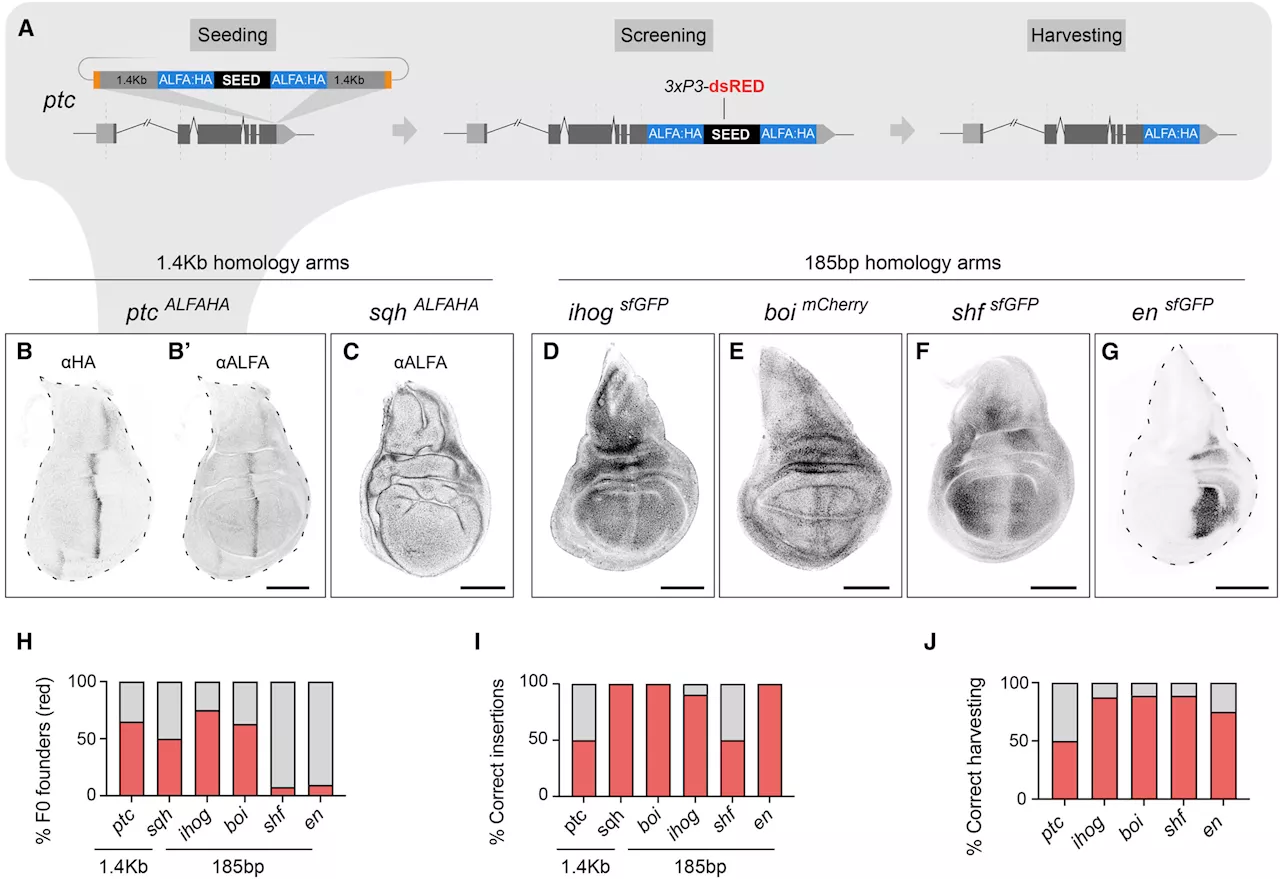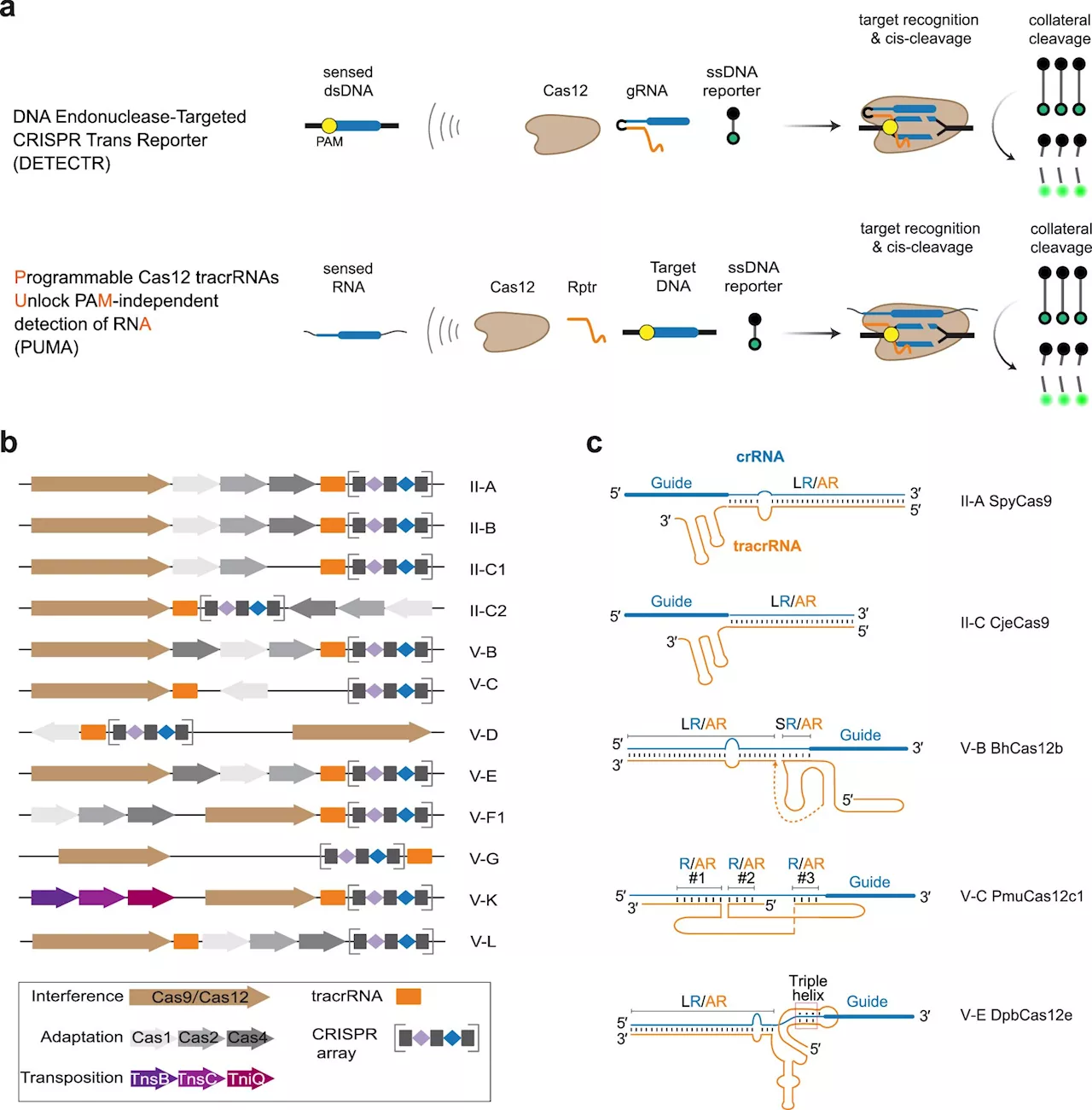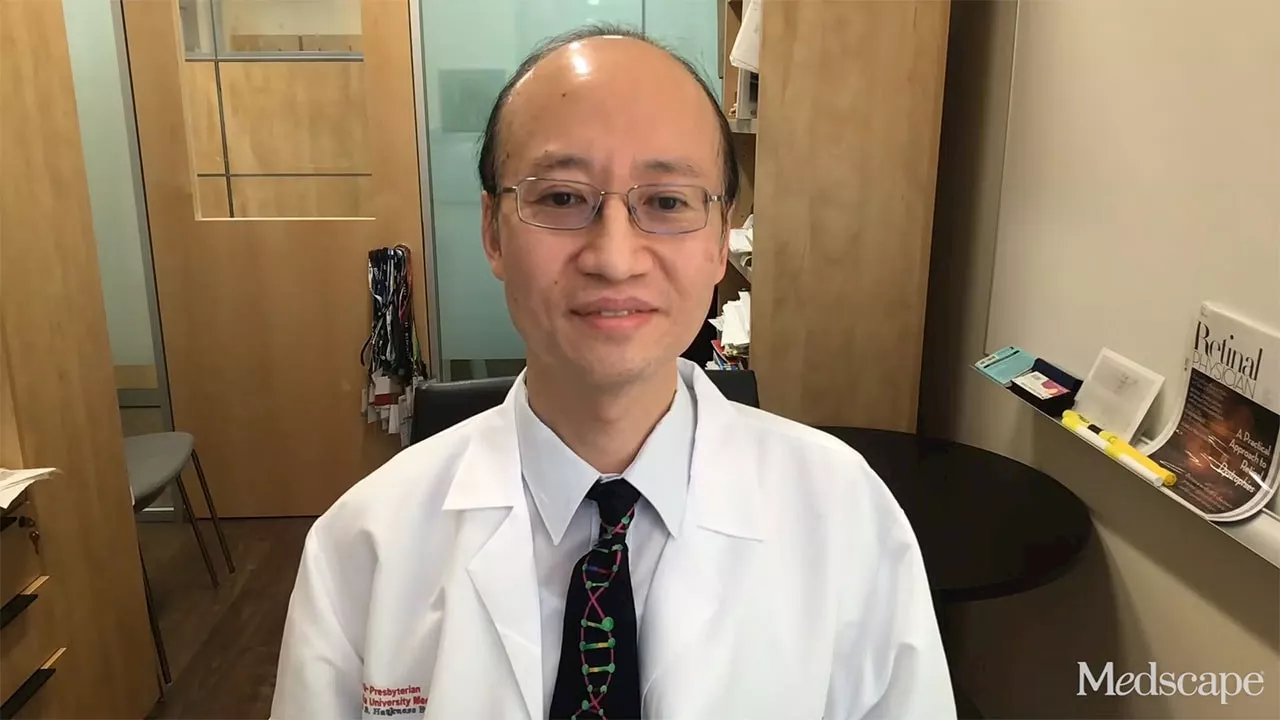A research group has developed a new method that further improves the existing CRISPR/Cas technologies: it allows a more precise and seamless introduction of tags into proteins at the gene level. This technology could significantly improve research on proteins in living organisms and opens up new possibilities for medical research.
The research group led by Prof. Markus Affolter at the Biozentrum, University of Basel, has developed a new method that further improves the existing CRISPR/Cas technologies: it allows a more precise and seamless introduction of tags into proteins at the gene level. This technology could significantly improve research on proteins in living organisms and opens up new possibilities for medical research.
Prof. Markus Affolter's team at the Biozentrum, University of Basel, has now developed a new method called SEED/Harvest in the fruit fly . This method combines the CRISPR-Cas9 technique with the Single-Strand Annealing repair pathway, enabling genome-wide changes to be carried out more efficiently and without leaving unwanted scars. The study has been published in Developmental Cell.The SEED/Harvest method proceeds in two steps.
This method is not only significant for genetics and biotechnology."The SEED/Harvest method could also be of interest for medical research, for example, to identify defects caused by disease genes," says Affolter.Gustavo Aguilar, Milena Bauer, M. Alessandra Vigano, Sophie T. Schnider, Lukas Brügger, Carlos Jiménez-Jiménez, Isabel Guerrero, Markus Affolter.
Human Biology Personalized Medicine CRISPR Gene Editing Biology Biochemistry Research Organic Chemistry Biochemistry Forensic Research
United States Latest News, United States Headlines
Similar News:You can also read news stories similar to this one that we have collected from other news sources.
 Precise genetics: New CRISPR method enables efficient DNA modificationWith the revolutionary CRISPR/Cas technology, the DNA of living organisms can be precisely altered. Using a guide RNA that recognizes a specific DNA sequence, Cas9 protein is recruited to that sequence and cuts the DNA. This targeted cut allows the DNA to be repaired or altered at this specific location.
Precise genetics: New CRISPR method enables efficient DNA modificationWith the revolutionary CRISPR/Cas technology, the DNA of living organisms can be precisely altered. Using a guide RNA that recognizes a specific DNA sequence, Cas9 protein is recruited to that sequence and cuts the DNA. This targeted cut allows the DNA to be repaired or altered at this specific location.
Read more »
 A new addition to the CRISPR toolbox: Teaching the gene scissors to detect RNACRISPR-Cas systems, defense systems in bacteria, have become a plentiful source of technologies for molecular diagnostics. Researchers at the Helmholtz Institute for RNA-based Infection Research (HIRI) in Würzburg have expanded this extensive toolbox.
A new addition to the CRISPR toolbox: Teaching the gene scissors to detect RNACRISPR-Cas systems, defense systems in bacteria, have become a plentiful source of technologies for molecular diagnostics. Researchers at the Helmholtz Institute for RNA-based Infection Research (HIRI) in Würzburg have expanded this extensive toolbox.
Read more »
 A new addition to the CRISPR toolbox: Teaching the gene scissors to detect RNACRISPR-Cas systems, defense systems in bacteria, have become a plentiful source of technologies for molecular diagnostics. Researchers have now expanded this extensive toolbox further. Their novel method, called PUMA, enables the detection of RNA with Cas12 nucleases, which naturally target DNA.
A new addition to the CRISPR toolbox: Teaching the gene scissors to detect RNACRISPR-Cas systems, defense systems in bacteria, have become a plentiful source of technologies for molecular diagnostics. Researchers have now expanded this extensive toolbox further. Their novel method, called PUMA, enables the detection of RNA with Cas12 nucleases, which naturally target DNA.
Read more »
 CRISPR and Stem Cells: New Hope for Patients With Retinitis PigmentosaGene therapies for retinitis pigmentosa are advancing, with gene supplementation and CRISPR therapy at the forefront in the delivery of precision medicine, reports Dr Stephen Tsang.
CRISPR and Stem Cells: New Hope for Patients With Retinitis PigmentosaGene therapies for retinitis pigmentosa are advancing, with gene supplementation and CRISPR therapy at the forefront in the delivery of precision medicine, reports Dr Stephen Tsang.
Read more »
 Uniquely precise: New value for the half-life of samarium-146Researchers at the Paul Scherrer Institute PSI and the Australian National University have re-determined the half-life of samarium-146 with great precision. The result fits perfectly with the data astrophysicists and geochemists have obtained from extraterrestrial samples. The study is published today in Scientific Reports.
Uniquely precise: New value for the half-life of samarium-146Researchers at the Paul Scherrer Institute PSI and the Australian National University have re-determined the half-life of samarium-146 with great precision. The result fits perfectly with the data astrophysicists and geochemists have obtained from extraterrestrial samples. The study is published today in Scientific Reports.
Read more »
 The Reimagined Chateau Opens at NemacolinNew accommodations, a new nightspot, and new amenities enhance the luxe factor.
The Reimagined Chateau Opens at NemacolinNew accommodations, a new nightspot, and new amenities enhance the luxe factor.
Read more »
